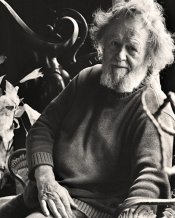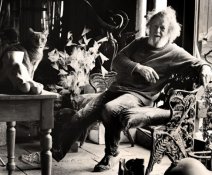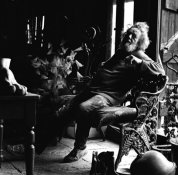I am imbarking on a long project photographing Artists in their studio's. I really admire Arnold Newmans environmental portriture images, does anyone have any additional information about what lighting set ups he used?
I found this through google,
'Basic camera is a 4 x 5 view camera used on a tripod; Newman has purchased and used every size up to 8 x 10. In recent years he has shot with a srl 35mm. Prefers natural lighting; will use artificial light when necessary, mostly bounced floods. He rarely uses strobes.
Newman standardizes his developing and printing. He often only uses a portion of his negative. '
thanks
I found this through google,
'Basic camera is a 4 x 5 view camera used on a tripod; Newman has purchased and used every size up to 8 x 10. In recent years he has shot with a srl 35mm. Prefers natural lighting; will use artificial light when necessary, mostly bounced floods. He rarely uses strobes.
Newman standardizes his developing and printing. He often only uses a portion of his negative. '
thanks






